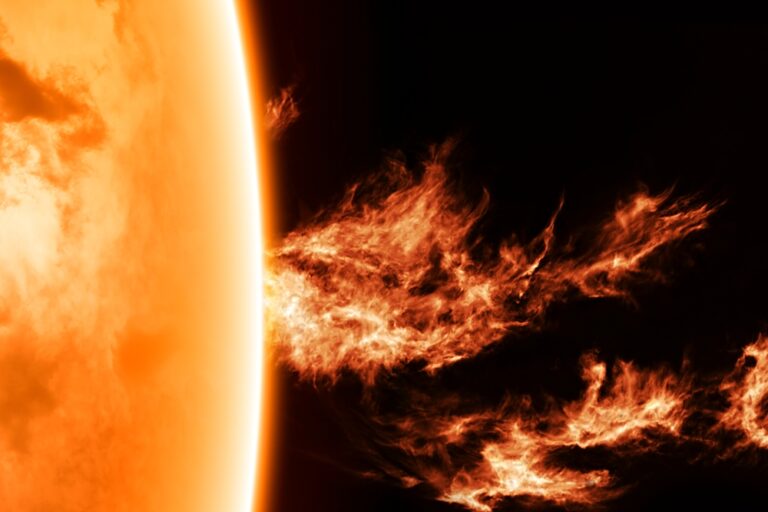A researcher has proposed a standard for assessing the accuracy of solar forecasts by combining two popular reference methods already used in traditional weather forecasting.
Dr Dazhi Yang, a research scientist at the Singapore Institute of Manufacturing Technology, developed the standard in order to help those in the solar energy community to better gauge the quality of current forecasting of solar activity.
Understanding how much solar energy reaches Earth is vital knowledge for operators of solar power plants. However, without a standard, operators are unable to determine the accuracy of forecasters, according to Yang.
“There is a large collection of solar forecasting works in the literature. However, all papers claim superiority, which is clearly not possible,” Yang writes in a paper published in the Journal of Renewable and Sustainable Energy. “Without a standardized reference method to gauge forecast accuracy, we cannot compare methods reported in different papers, using different data from different locations and timescales.”
Yang developed his standard by combining two reference methods – persistence and climatology. The persistence reference method assumes weather stays the same from day to day, meaning that tomorrow’s forecast can be deduced from today’s weather. The climatology method, by contrast, generates a forecast using averages from weather observations taken over a long period.
To test the effectiveness of his proposed method, Yang applied it to data from the Baseline Surface Radiation Network (BSRN), a project of the World Climate Research Programme aimed at detecting changes in radiation at Earth’s surface that may be related to climate changes.
By leveraging data from the BSRN’s global network of 66 observation stations, Yang found that his combined method proved more optimal than either the climatology or persistence method alone.



